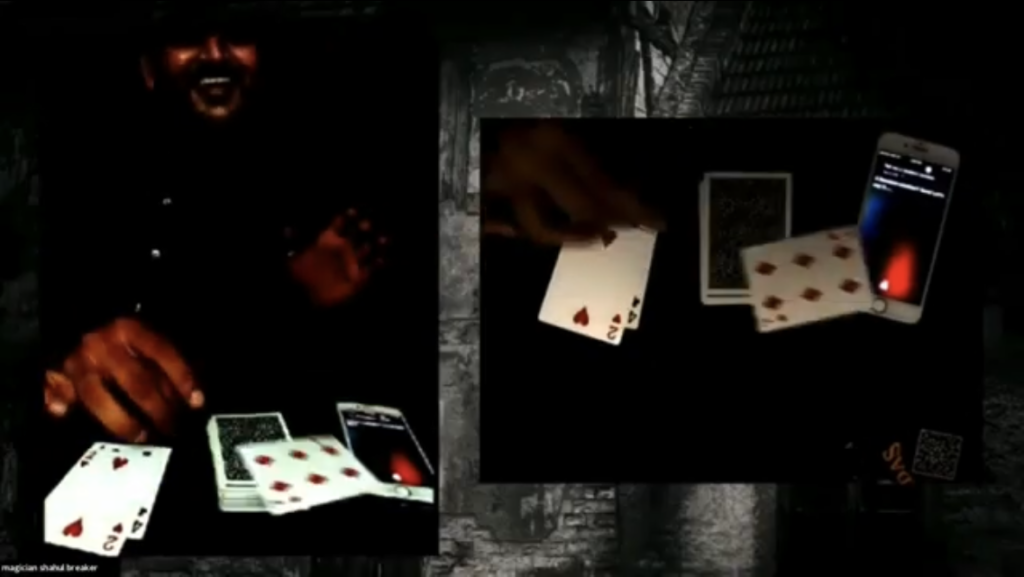Recently, I’ve been writing a bit about progressive anagrams and their use in virtual shows over the internet. I’ve come up with a bit of a routine, here’s what my idea looks like:
You put display a coin envelope in your left hand and hold your empty right hand palm up.
“Imagine I have some coins here…nothing crazy, just a penny, nickel, dime, quarter, half dollar and a silver dollar. I want you to look at the coins and since you can’t actually grab one through the screen, pretend to take one.”
You can now lower your right hand.
“Look at it, on the back you’ll notice I wrote the name of the coin on the back. If it’s a quarter, I wrote quarter. On the half dollar I wrote half dollar. Look at the word I wrote, visualize it in your head”
Now we’re going to get into the progressive anagram. How it works is: If you say a letter you move down to the next letter. If that say no, you move to the right. If you get all “yes” answers you end up on the fifty cent piece.
E – Half Dollar
I – A (No: Penny Yes: Quarter)
C – A (No: Dime Yes: Silver Dollar )
F- Nickel
Fifty Cent Piece
You’ll notice in the script I didn’t give fifty cent piece as an option, but I’m trying to foresee someone not listening to me. I have the list above written out where the camera can’t see it. You now know the word, in this example they are thinking of the nickel and they don’t know you know it. Direct attention to the envelope.
“I’ve got a coin in this envelope”
Rip the top off the envelope. Oh, I forgot to mention you have an index of coins in thumb tips out of the camera’s view. For the quarter or larger coins you have folding coins in the thumb tips so that they fit. Once you know the coin, you put on the correct thumb tip. As you rip the top off, you load the thumb tip inside.
“I’m guessing you’re thinking of the nickel!”
They confirm this and then you dump the nickel out of the thumb tip that’s inside the envelope onto your palm and display it. You can now steal the thumb tip as your rip up the envelope to show there are no other coins and then get rid of the thumb tip as you throw way the envelope pieces.
There you go, an easy routine using a progressive anagram and with slight adjustments you could do it in a show with a live audience.


